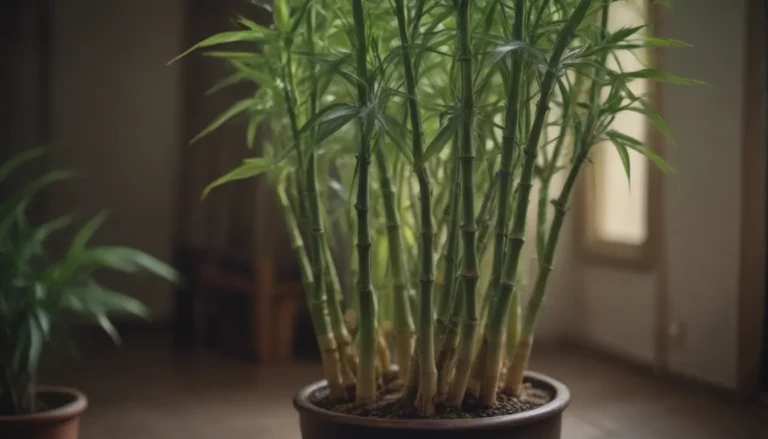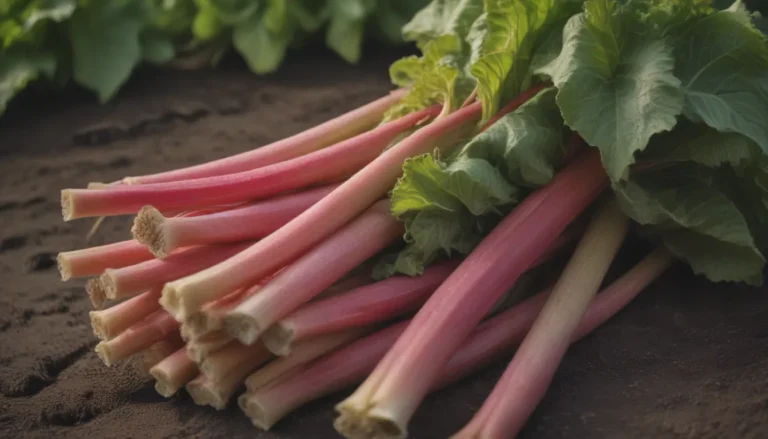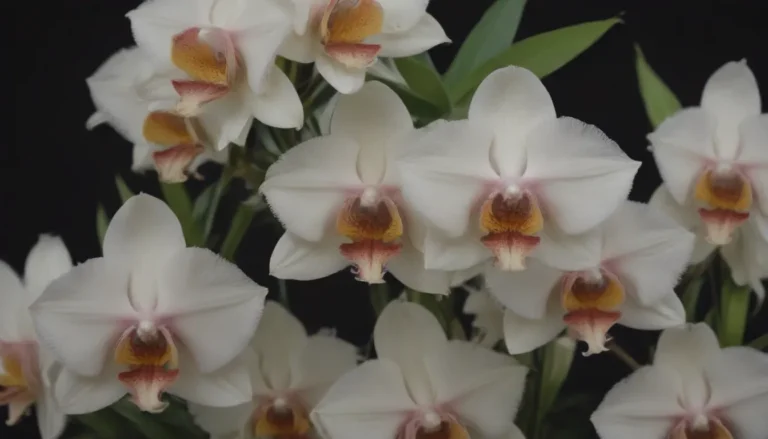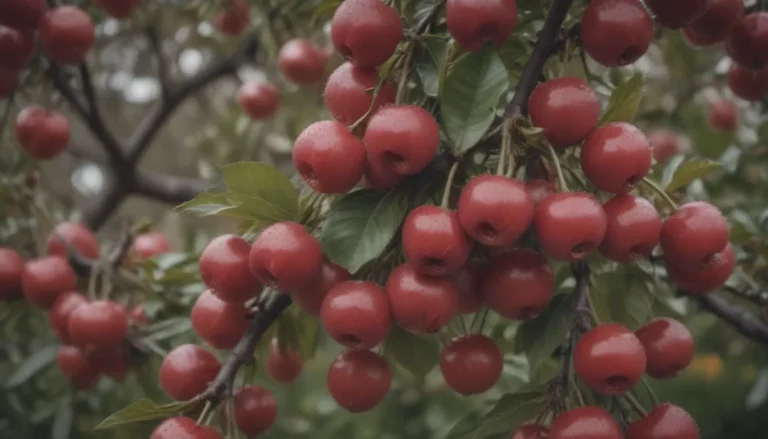A Complete Guide to Growing and Caring for Strawflowers
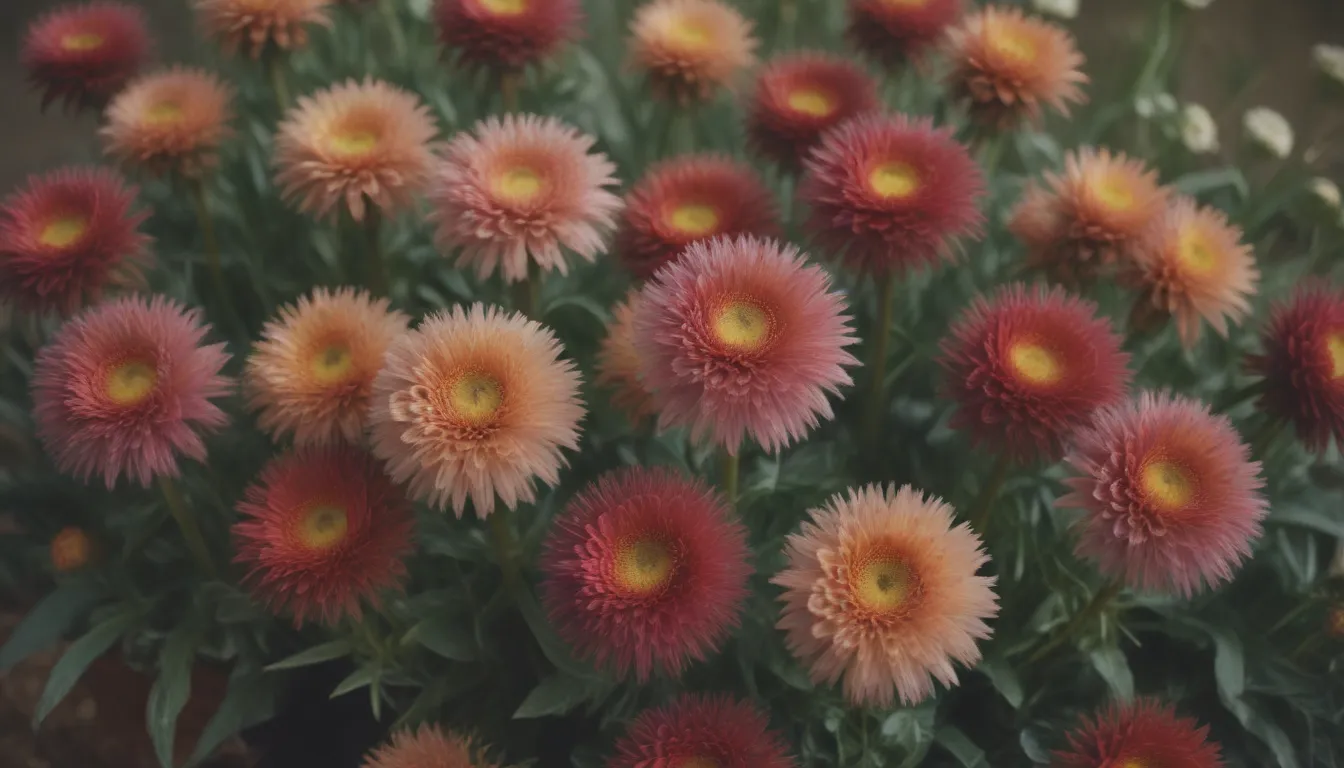
If you’re looking to add a splash of color to your garden or craft projects, look no further than the vibrant and beautiful strawflower (Xerochrysum bracteatum). Despite its uninspiring name, these flowers are sure to brighten up your landscape with their papery petals and stunning hues. In this comprehensive guide, we will walk you through everything you need to know about growing and caring for these unique flowers.
Introduction to Strawflowers
Strawflowers are often compared to daisies, with their ray of petals surrounding a central disk. However, unlike daisies, strawflowers have stiff and papery petals that are actually modified leaves called bracts. Native to Australia, these fast-growing flowers belong to the Asteraceae family, which includes many daisy-type plants. They are perfect for adding a pop of color to your garden or using in dried floral arrangements.
Getting Started with Strawflowers
Before you dive into growing your own strawflowers, here are some essential tips to keep in mind:
- Plant strawflowers after the last frost date in your region for optimal growth.
- Regular deadheading will encourage continuous blooming throughout the growing season.
- In cooler regions, consider growing calendula as an alternative to strawflowers.
Strawflower Care Tips
To ensure your strawflowers thrive and bloom to their full potential, here are some key care tips to keep in mind:
Light
Strawflowers thrive in full sun but can tolerate partial shade. However, they will not bloom as profusely in shaded areas. Providing plenty of sunlight will help prevent weak stems that may flop over.
Soil
These flowers prefer sandy or rocky soil with good drainage and a slightly acidic to neutral pH. Adding mulch to retain moisture and regulate soil temperature can help promote healthy growth. When planting, incorporate compost into the soil for added nutrients.
Water
While strawflowers are drought-tolerant, they still require regular watering to stay healthy and vibrant. Aim to provide about 1 inch of water per week during dry spells, but be mindful not to overwater and saturate the roots.
Temperature and Humidity
Strawflowers thrive in temperatures between 65 to 70 degrees Fahrenheit during the day and 60 degrees at night. They are not frost-tolerant and prefer low humidity levels. Ensure they are planted in a warm and dry environment for optimal growth.
Fertilizer
While not heavy feeders, strawflowers benefit from a monthly application of balanced flower fertilizer. Container-grown plants may require more frequent fertilizing, approximately every two weeks. Follow the instructions on the fertilizer label for best results.
Strawflower Varieties
- ‘Bright Bikini’:
- ‘Monstrosum’:
- ‘Sundaze’:
- ‘Tom Thumb’:
How to Grow Strawflowers from Seed
Growing strawflowers from seed is a rewarding experience. Follow these steps to start your own strawflower garden:
- Start indoors about six to eight weeks before the last frost date in your area.
- Press seeds lightly into moist soil, ensuring they receive ample light for germination.
- Seedlings should emerge within seven to 10 days.
- Provide adequate light for seedlings, either through a sunny window or grow lights.
- Harden off transplants for two weeks before transplanting them into the garden.
Common Pests & Plant Diseases
While strawflowers are relatively pest and disease-free, there are a few issues to watch out for:
- Aster yellows virus: This disease can affect plants, causing yellowing of leaves and stunted growth. Infected plants should be promptly removed to prevent the spread of the disease.
- Regular deadheading and monitoring for pests can help maintain the health of your strawflowers.
- In warm climates, strawflowers may reseed themselves if left on the plant, but they are not considered invasive.
Closing Thoughts
In conclusion, growing and caring for strawflowers can be a rewarding experience for any gardener. With their vibrant colors and unique appearance, these flowers add a touch of whimsy to any landscape or floral arrangement. By following the tips and guidelines outlined in this article, you can successfully cultivate your own beautiful strawflower garden. So go ahead, plant some seeds, and watch your garden bloom with the beauty of these delightful flowers!
